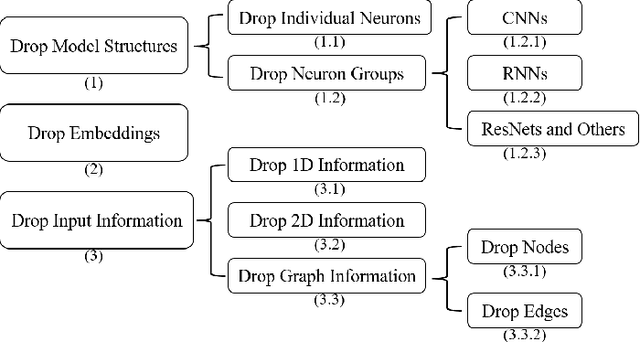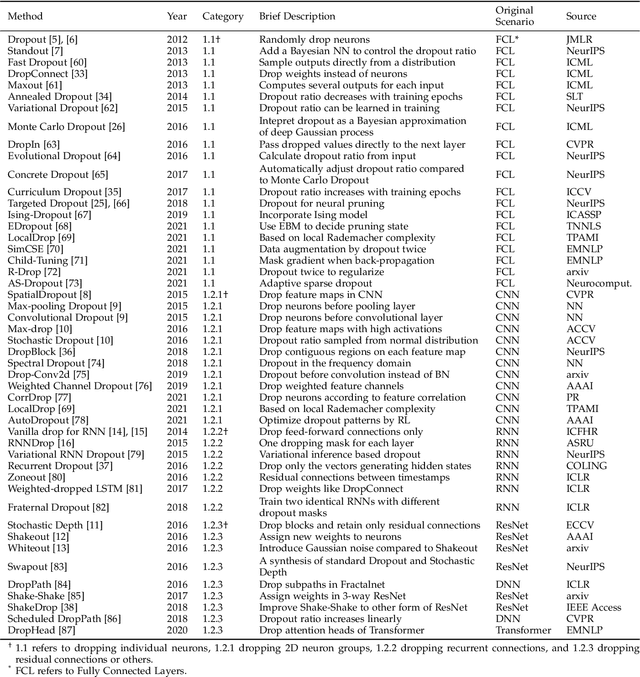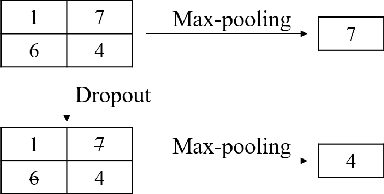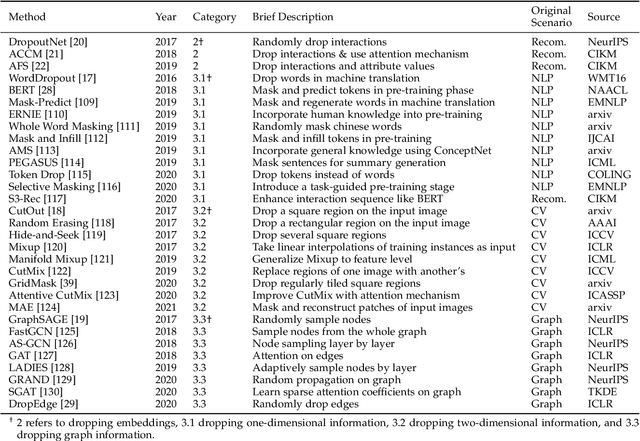Yangkun Li
Intent-aware Ranking Ensemble for Personalized Recommendation
Apr 15, 2023Abstract:Ranking ensemble is a critical component in real recommender systems. When a user visits a platform, the system will prepare several item lists, each of which is generally from a single behavior objective recommendation model. As multiple behavior intents, e.g., both clicking and buying some specific item category, are commonly concurrent in a user visit, it is necessary to integrate multiple single-objective ranking lists into one. However, previous work on rank aggregation mainly focused on fusing homogeneous item lists with the same objective while ignoring ensemble of heterogeneous lists ranked with different objectives with various user intents. In this paper, we treat a user's possible behaviors and the potential interacting item categories as the user's intent. And we aim to study how to fuse candidate item lists generated from different objectives aware of user intents. To address such a task, we propose an Intent-aware ranking Ensemble Learning~(IntEL) model to fuse multiple single-objective item lists with various user intents, in which item-level personalized weights are learned. Furthermore, we theoretically prove the effectiveness of IntEL with point-wise, pair-wise, and list-wise loss functions via error-ambiguity decomposition. Experiments on two large-scale real-world datasets also show significant improvements of IntEL on multiple behavior objectives simultaneously compared to previous ranking ensemble models.
A Survey on Dropout Methods and Experimental Verification in Recommendation
Apr 05, 2022



Abstract:Overfitting is a common problem in machine learning, which means the model too closely fits the training data while performing poorly in the test data. Among various methods of coping with overfitting, dropout is one of the representative ways. From randomly dropping neurons to dropping neural structures, dropout has achieved great success in improving model performances. Although various dropout methods have been designed and widely applied in past years, their effectiveness, application scenarios, and contributions have not been comprehensively summarized and empirically compared by far. It is the right time to make a comprehensive survey. In this paper, we systematically review previous dropout methods and classify them into three major categories according to the stage where dropout operation is performed. Specifically, more than seventy dropout methods published in top AI conferences or journals (e.g., TKDE, KDD, TheWebConf, SIGIR) are involved. The designed taxonomy is easy to understand and capable of including new dropout methods. Then, we further discuss their application scenarios, connections, and contributions. To verify the effectiveness of distinct dropout methods, extensive experiments are conducted on recommendation scenarios with abundant heterogeneous information. Finally, we propose some open problems and potential research directions about dropout that worth to be further explored.
 Add to Chrome
Add to Chrome Add to Firefox
Add to Firefox Add to Edge
Add to Edge